 This is part four in this series — part one, part two, and part three can be found by following the appropriate links. in it, I examine ways to increase your chances of winning medals at homebrew contests. It all starts with brewing good beer, but for the brewer who really wants to make a splash in his local homebrew circuit, there’s more to it than that.
This is part four in this series — part one, part two, and part three can be found by following the appropriate links. in it, I examine ways to increase your chances of winning medals at homebrew contests. It all starts with brewing good beer, but for the brewer who really wants to make a splash in his local homebrew circuit, there’s more to it than that.
There are different levels of contest competitors. Some brewers simply want to brew a few beers and win some hardware at their local competition — and maybe send a beer or two to the National Homebrew Competition (NHC). Other brewers may wish to enter several competitions or compete in a “circuit” of homebrew competitions. In a circuit, brewers score points for every beer that medals at each circuit competition. At the end of competition season, there are awards for the brewers who scored the most cumulative points. No matter how competitive you wish to be, a little planning can go a long way.
If your main concern is your local homebrew contest, you will know (at least roughly) when it is held each year. If you have your sights set on more than one contest, you should likewise determine when they are held. Most contests are held in the spring while the fewest are held in summer. Thus, many of the contests you wish to enter may be relatively close together. How does knowing this help you? It gives you time to plan your brewing. [Read more…]


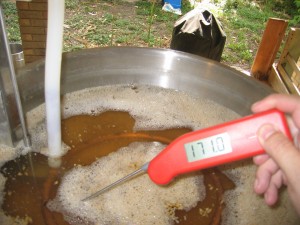

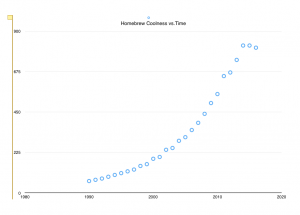
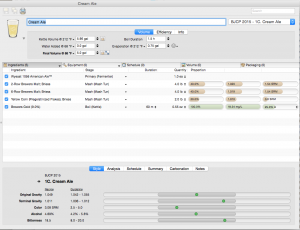
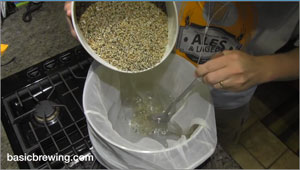
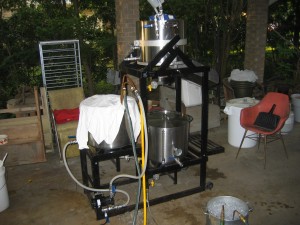

Recent Comments